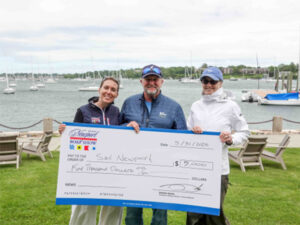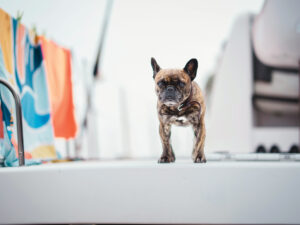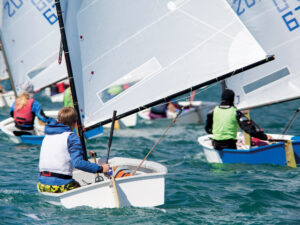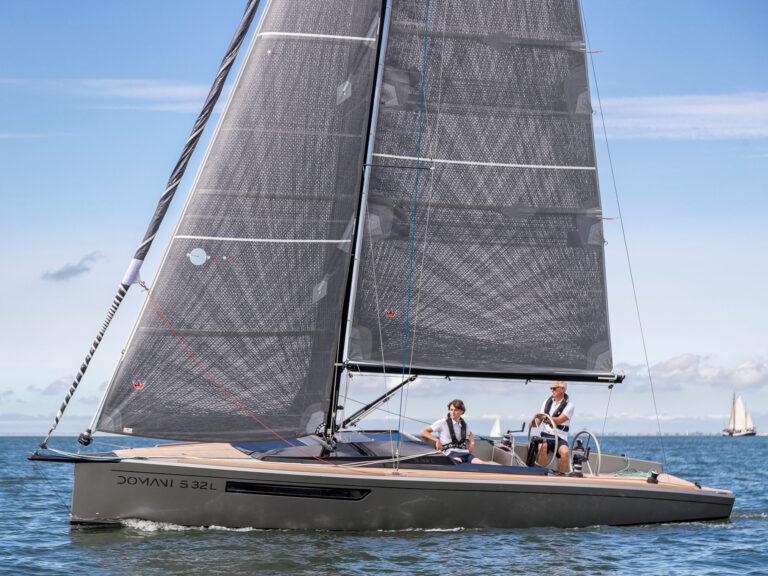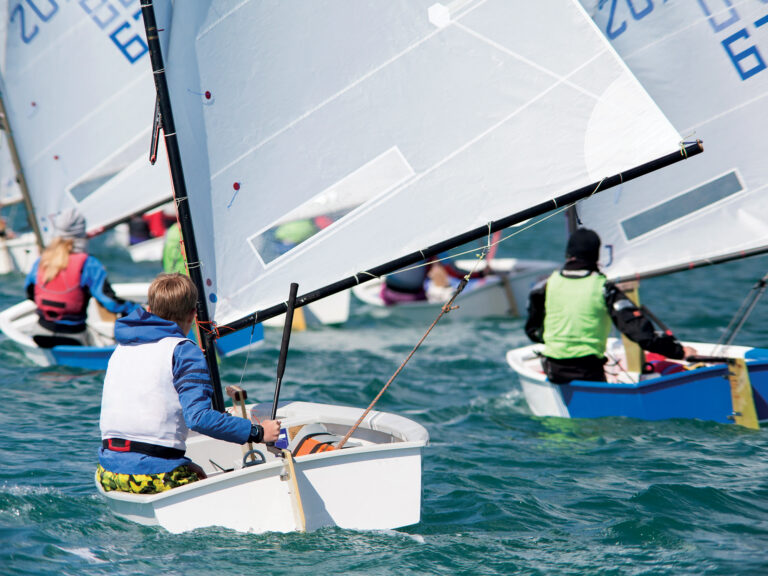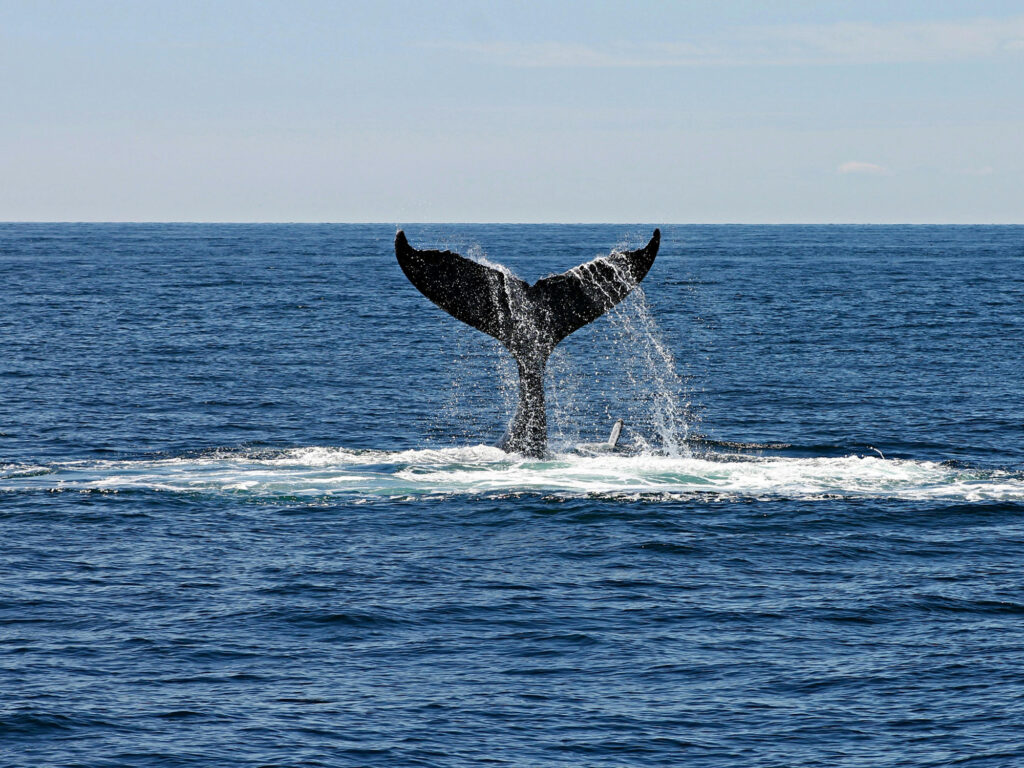
As shipping traffic increases in the world’s oceans, so too does the danger to whales—majestic giants that play a crucial role in maintaining ocean health. But now, scientists and sailors may have a powerful new ally in the fight to reduce deadly ship strikes: artificial intelligence.
In a new collaboration under the European Union’s ATLANTIC WHALE DEAL initiative, cutting-edge machine vision systems from SEA.AI will help scientists from the Irish Whale and Dolphin Group (IWDG) and Spain’s University of La Laguna (ULL) detect and track surfacing whales in real time. The goal? To better understand whale migration in busy sea lanes—and keep ships from getting too close.
For cruising sailors, particularly those transiting high-traffic corridors in the eastern Atlantic or Canary Islands, the development could offer not just environmental benefits but added situational awareness and peace of mind.
“Technology has the power to protect,” said SEA.AI CEO Marcus Warrelmann. “We’re not just avoiding collisions with debris or vessels—we’re helping safeguard life below the surface, too.”
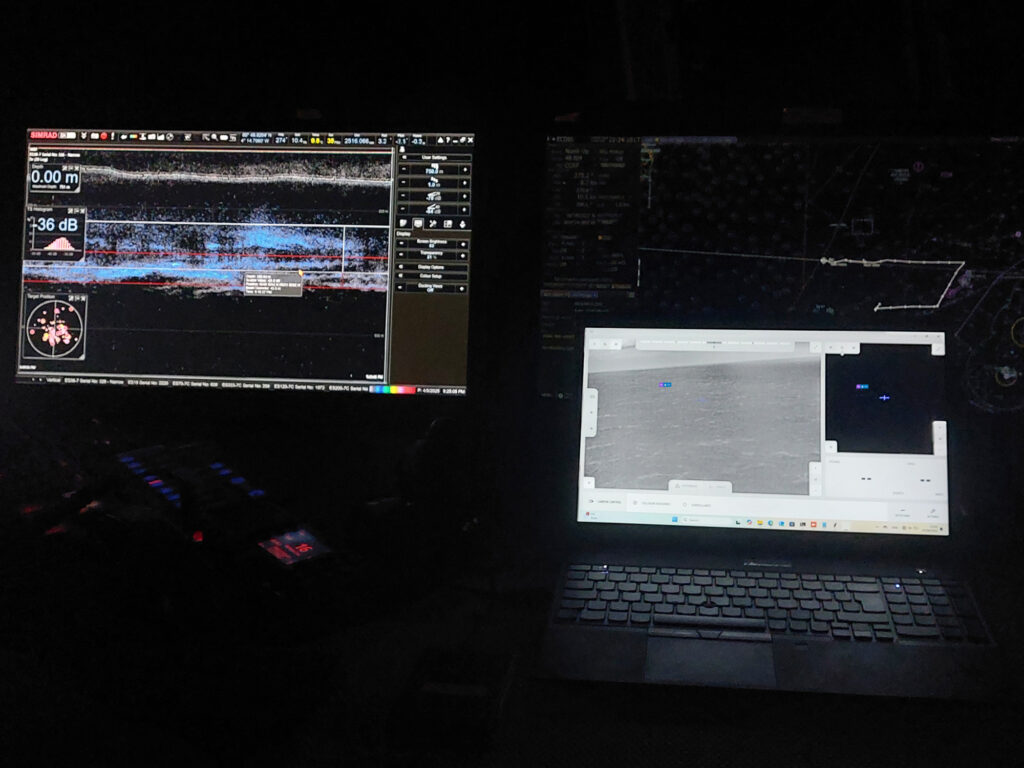
The SEA.AI system uses a combination of optical and thermal cameras coupled with AI-powered classification tools to identify floating objects—including surfacing whales—day or night. Onboard alerts can warn mariners or collect data for researchers.
“The IWDG has been monitoring whales and dolphins in Irish waters for more than 30 years,” said project leader Emilie De Loose. “By integrating SEA.AI’s vision-based detection, we’re able to improve our real-time response and conservation planning.”
The Canary Islands–based ULL brings deep experience in marine ecosystems and engineering to the table, providing field research and modeling that supports risk mapping and ecological forecasting.
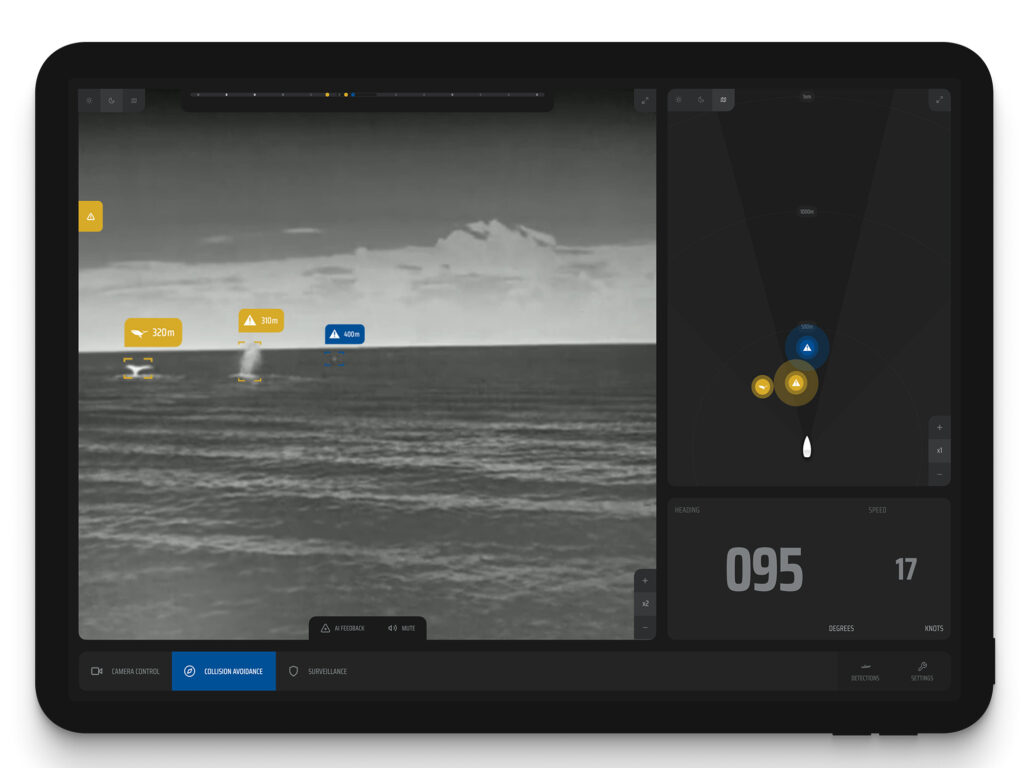
For cruisers exploring Atlantic routes, especially along the coasts of Europe and Northwest Africa, this initiative could help define “whale-sensitive zones”—areas where slower speeds and increased vigilance are recommended to avoid collisions.
So far, two scientific campaigns have been completed using SEA.AI technology aboard research vessels, with more planned. The data will not only aid whale conservation efforts, but also refine the onboard systems available to sailors and professional mariners alike.
As ocean use intensifies, partnerships like this offer a path forward—where advanced tech and old-school seamanship come together to protect the seas we love to explore.
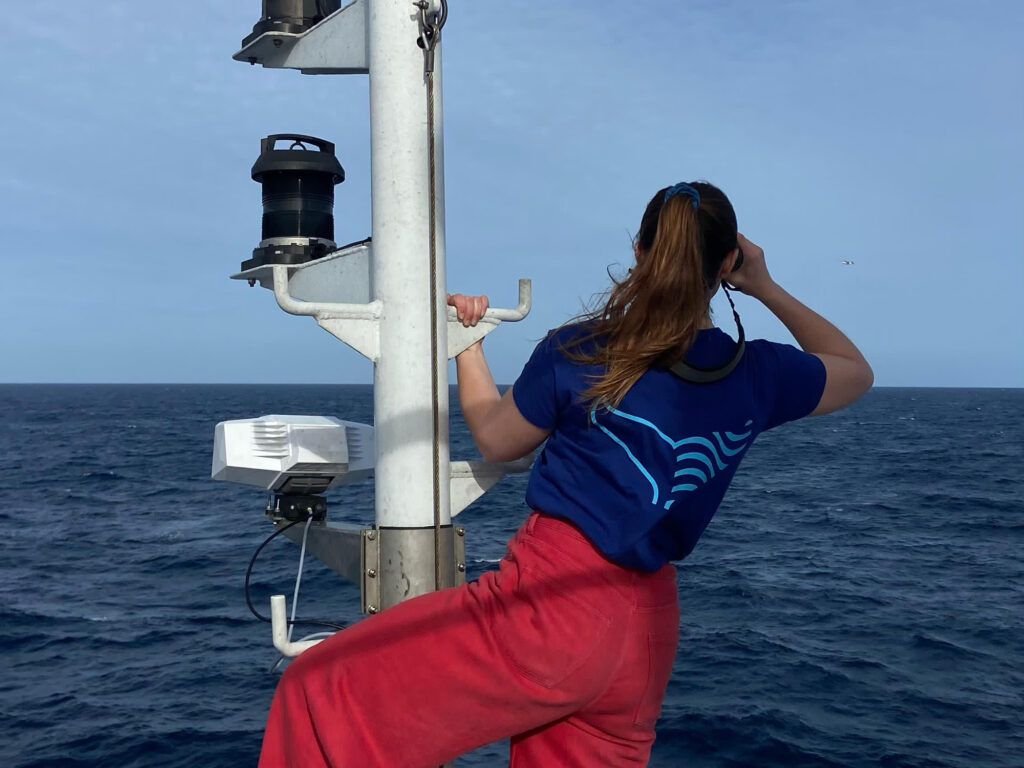
How Sailors Can Help Prevent Whale Strikes
Keep watch: Always maintain a proper lookout, especially in known whale habitats and migratory zones such as the Azores, Canaries, and coasts of Portugal, Ireland, and western France.
Slow down: Reducing speed in whale-prone areas gives you more time to react—and minimizes harm in case of a collision.
Use binoculars often: Surfacing whales can be hard to spot, especially in swell. Keep a good set of marine binoculars handy on deck.
Install detection systems: Consider advanced technologies like SEA.AI or FLIR thermal imaging to improve object detection, especially for night passages.
Log sightings: Report whale sightings to local conservation groups or citizen science projects like the Happywhale app or IWDG. Your data helps researchers track populations and threats.
Avoid active feeding zones: If you see birds diving or bait balls on the surface, steer clear—whales are likely nearby.
Support organizations: Donate to or partner with nonprofits like IWDG, Oceana, or local marine mammal rescue centers that monitor and protect whale populations.
Spread awareness: Talk to other cruisers. Many don’t realize ship strikes are a leading cause of whale deaths globally. A quick heads-up in the cockpit might make a difference.

